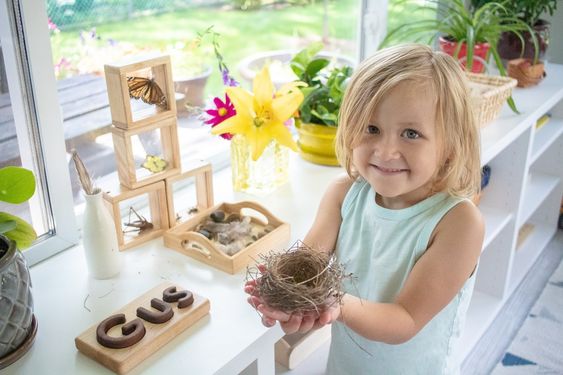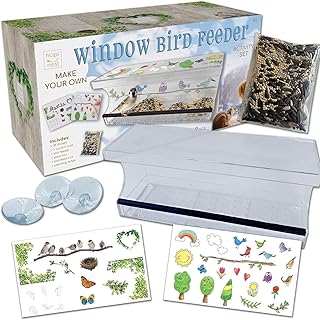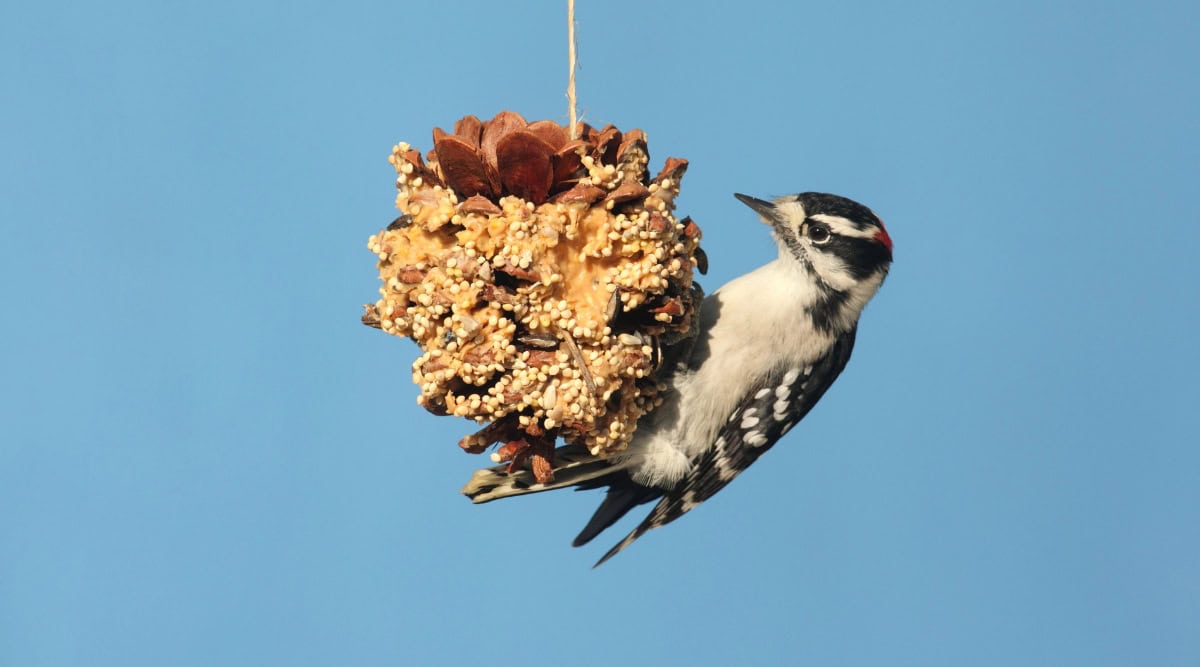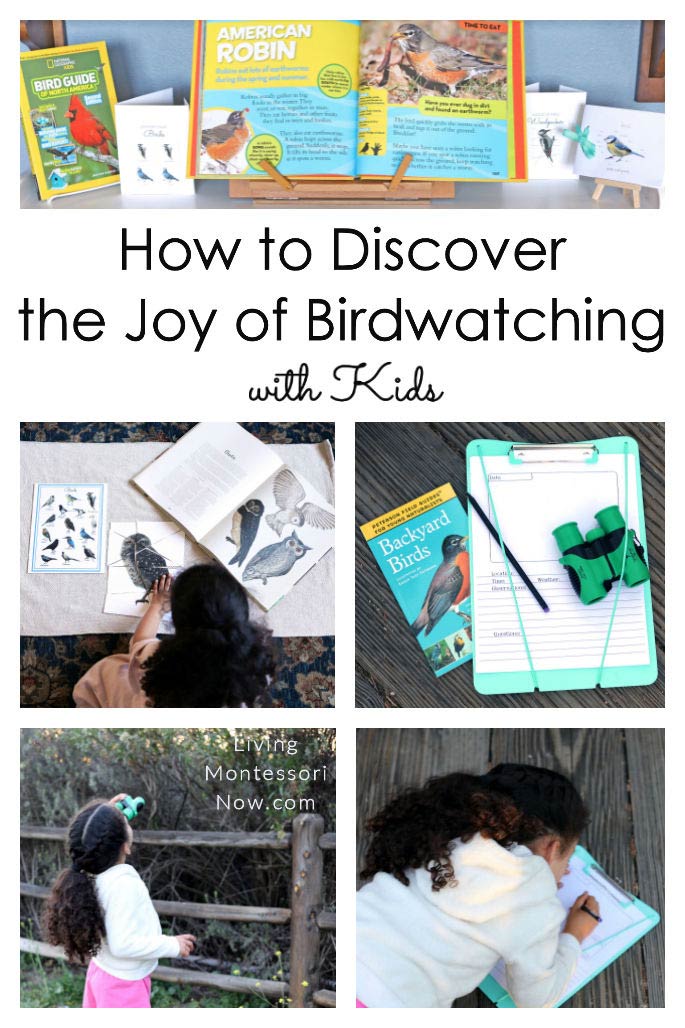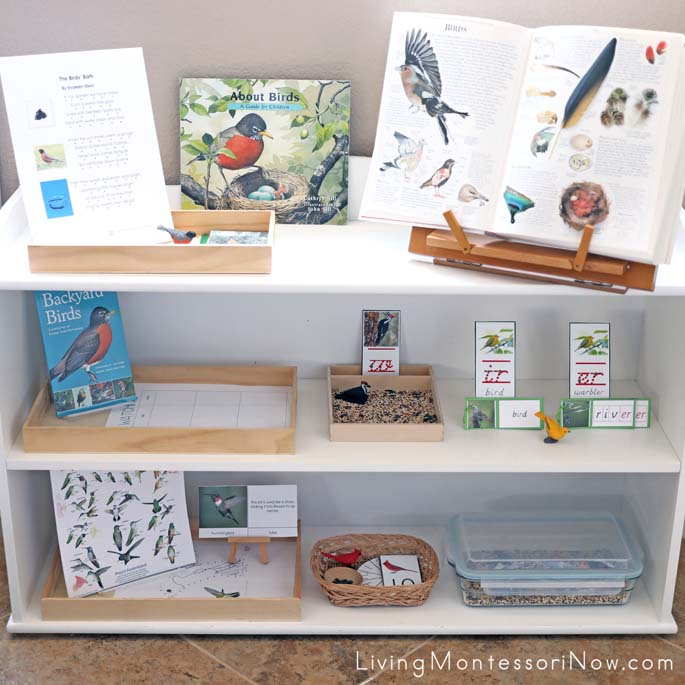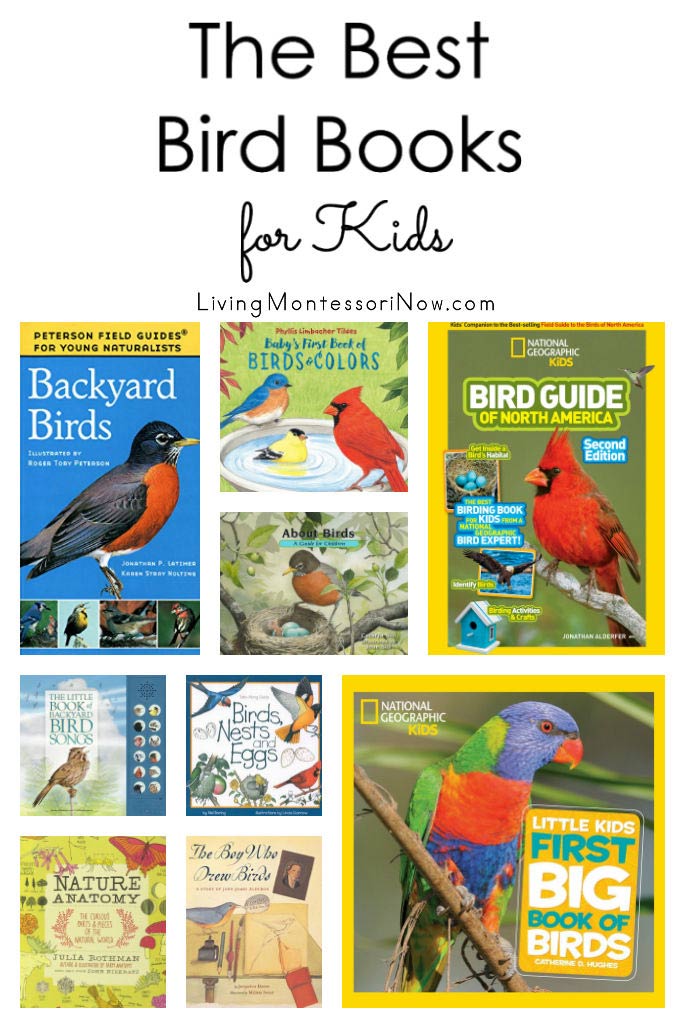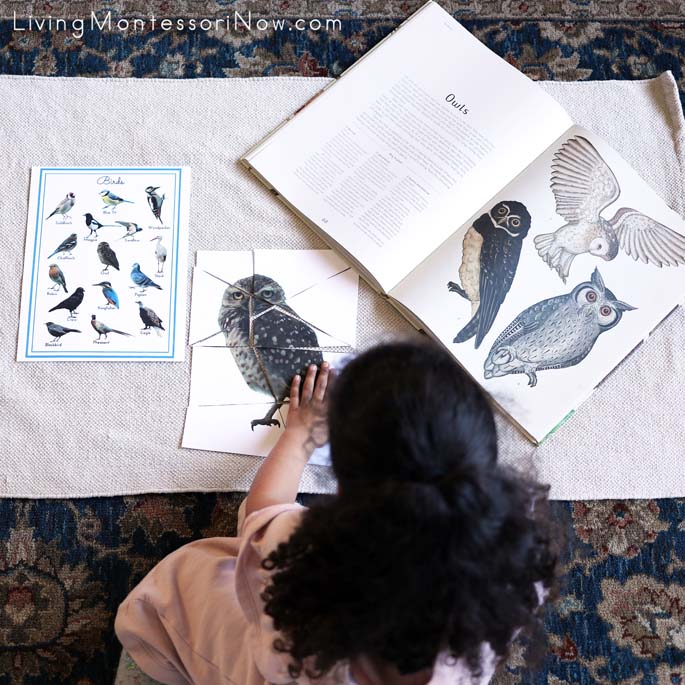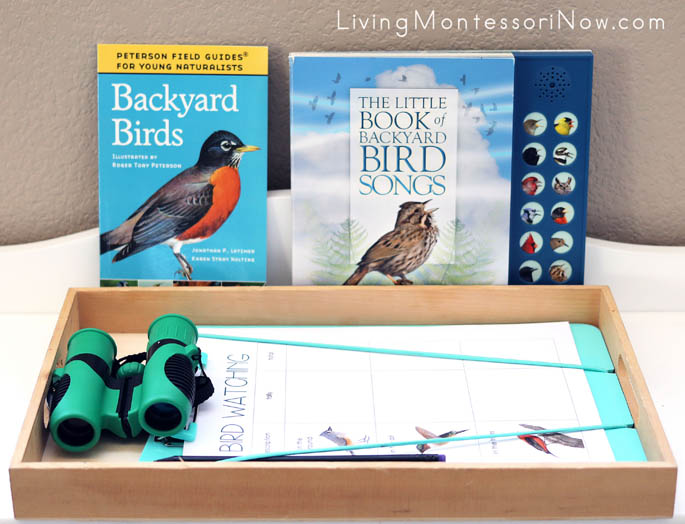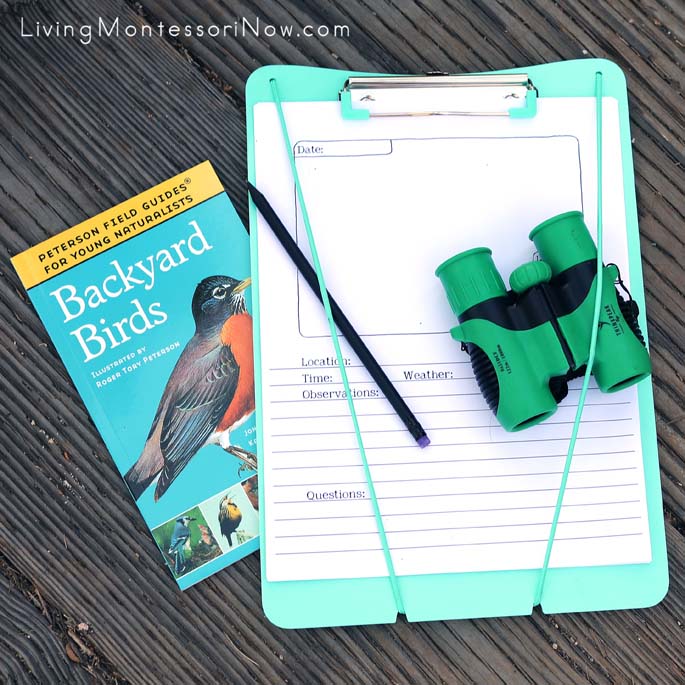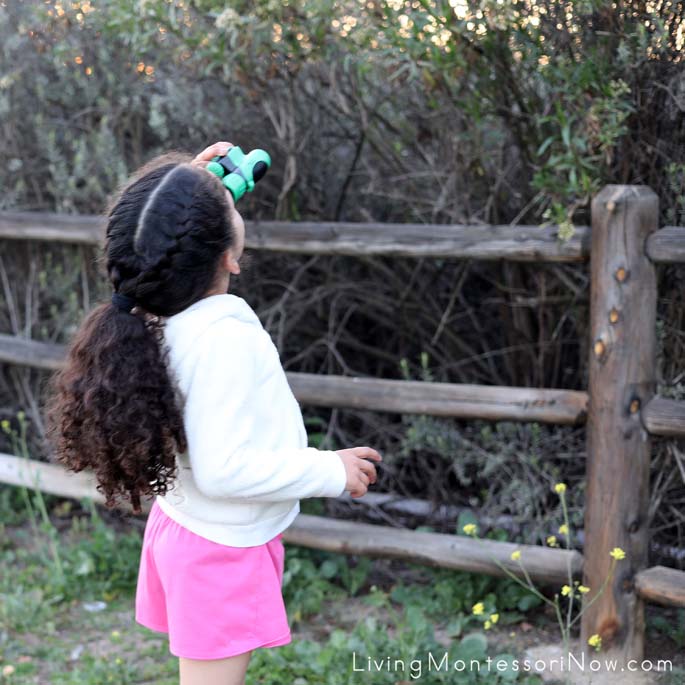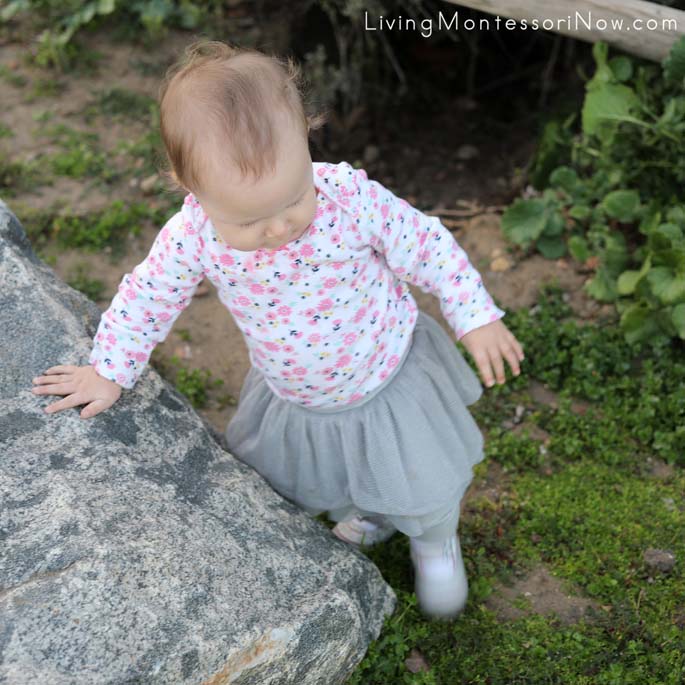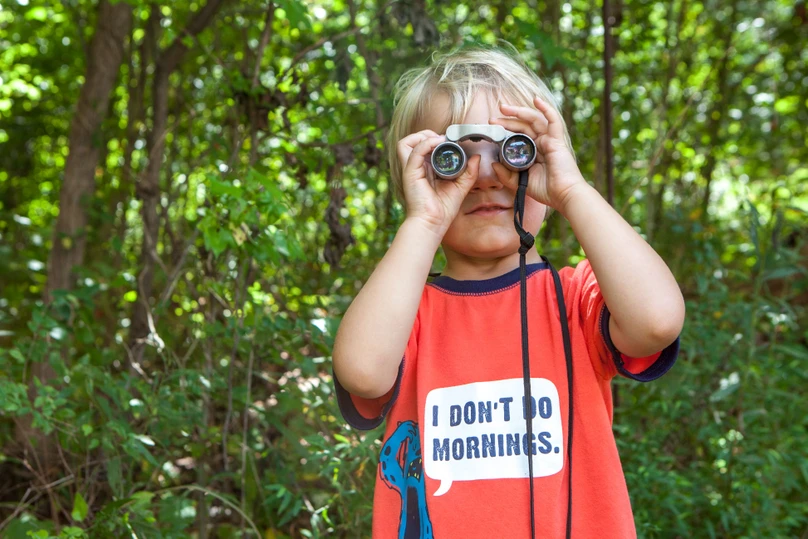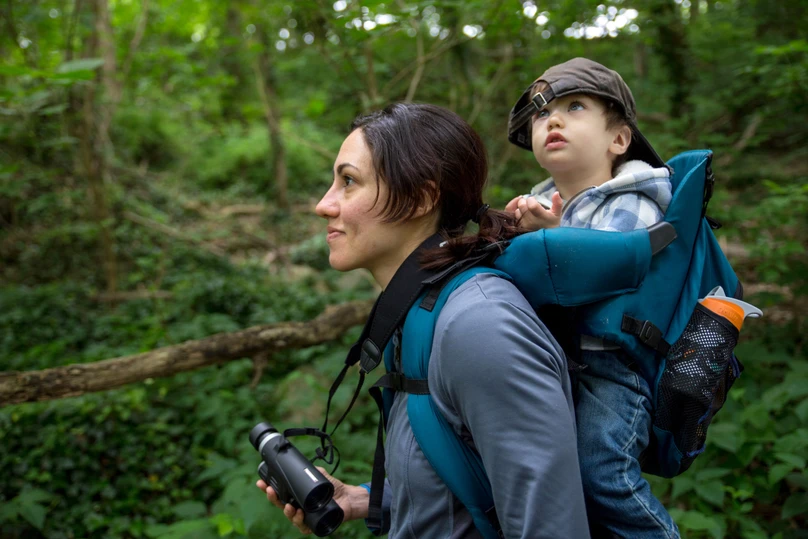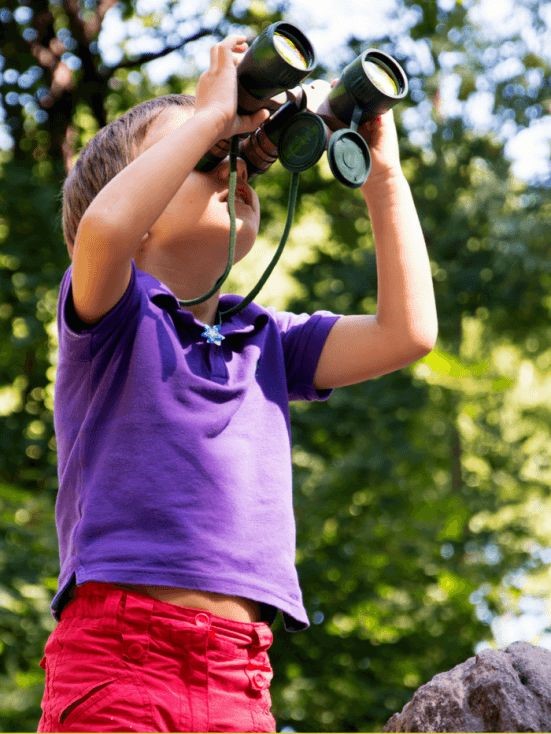Bird Watching for Kids
Do you love birds? Have you ever been on a nature walk with your kids or grandkids that led to observing and watching birds?
There is something special about birds—their striking colors, amazing flying abilities, and melodious singing voices—that make them incredibly unique.Author and naturalist, Julie Zickefosse said, “The presence of a single bird can change everything for one who appreciates them.” (“Saving Jemima: Life and Love With a Hard-Luck Jay.”)I agree. I appreciate birds and to encourage my grandkids’ interest in and appreciation for birds, we’ve taken them “birding,” and engaged in bird watching activities and games. It’s paying off…
Before I share our bird watching activities for kids and grandkids, here is a yearly bird activity to mark on your calendar; a wonderful website for more ideas and activities on bird watching for kids and a book filled with fabulous bird information
The Great Backyard Bird Count
This event happens every February all over the world and can be done in your own backyard! Spend about 15 minutes with your kids/grandkids in your backyard each day watching for birds. Mark down how many birds you see; any details about the bird’s behavior; the type of bird, or even draw a picture. Submit your findings online to the Great Backyard Bird Count.
Audubon Society for KidsA great site that is filled with information about birds. Click here to learn more
Nature Anatomy by Julia RothmanIf you and your kids/grandkids are nature lovers—I highly recommend this book. There is an in-depth chapter on birds and includes detailed pictures and topics on birds such as:
Anatomy of a Bird A Bevy of Birds—pictures and information on 24 birds Kinds of Bird Feathers Birdcalls A Variety of Bird Nests Different Kinds of Bird Eggs Bird Behavior Birds of Prey A Variety of Beaks
Art Literature Music Lifelong learning Nature And too many more things to list…
Illustrations that represent the passions that your family has. Ours included pictures from books, music paper, nature (flowers, trees, birds, etc.), and even stickers symbolizing learning Posterboard Cardstock in 5 different colors
Download the free bird template and print off 5 birds in different colors of cardstock—5 birds for each child Take the symbols representing your family’s passions and designate one bird per passion and fill it with the symbols that represent that passion The bird that represented “art,” the kids took some of their artwork; traced the bird on the artwork, and cut it out. They were very colorful and a great way to recycle (see below) Mount your 5 birds on a poster board
White cardstock Old artwork from your children/grandchildren Scissors Glue stick
Print the bird template on cardstock paper—one per child Take old artwork and cut it into different shapes and sizes Arrange the cut up pieces of artwork on the bird Glue in place
Look for feathers on the ground (birds are molting and feathers indicate species) Birds singing or bird calls (sometimes you hear birds before you see them) Look for bird nests—some are high in the trees, others on the ground Check out anthills—you may see birds lying near because ants leave traces of formic acid on their wings which repeals parasites Look by water—the birds may be bathing
Smooth peanut butter Large pinecones Yarn Hot glue gun Plastic knives
Give your kids/grandkids bowls of smooth peanut butter and a plastic knife and have them carefully spread the peanut butter over the pinecone Roll the pinecone in birdseed Hot glue a long piece of yarn at the top of the pinecone. You want to be able to attach it to a tree limb. Either in your own backyard or nature park, hang your birdfeeders on a tree.
A Backyard Birding Adventure: What’s in Your Yard by Kermit Cummings
The Big Book of Birds by Yuval Zommer
The Most Popular Birds in North America: Bird Watching Guide for Kids by Nona Kid
Why Should I Walk? I Can Fly! By Ann Ingalls
Bird Builds a Nest: A First Science Storybook by Martin Jenkins
Backpack Explorer: Bird Watch: What Will You Find by Editors of Storey Publishing
Exploring Birds Activity Book for Kids by Kristine Rivers
The Little Book of Backyard Bird Songs by Andrea Pinnington
Northern Cardinal Eastern Bluebird House Sparrow Goldfinch Red-Winged Blackbird Mourning Doves Carolina Chickadee Tufted Titmouse Blue Jay Robin White-Throated Sparrow House Finch
Males are bright red. Females are light brown. Red feathers are due to diet. Mate for life. Average lifespan is 3 years. Official state bird of 7 states: Illinois, Indiana, Kentucky, North Carolina, Ohio, Virginia, and West Virginia.
Males are dep blue above and rudy red on the throat and chest. Females are gray above with blue wings and an orange chest. Average lifespan is 6-10 years Prefer to find old nests made by other species and reuse them rather than building a new nest.
Males have round heads, gray crowns, white cheeks, black bibs, and chestnut necks. Females are plain buff-brown overall with dingy gray-brown underparts. Most widely distributed wild bird in the world
Bright yellow with black forehead, black wings, and white markings. Females are duller in color than males. Migrate south for winter. Cannot handle temps below 0 degrees Fahrenheit. Weave nests tight enough to hold water. Yellow feathers are due to diet.
Males are glossy black with red/yellow on their shoulders. Females are brown and heavily streaked with white (almost checker patterned). Highly polygamous.
Gray, brown, tan (ish) with black spots on their wings. Pink legs. Mate for life. Drink by sucking.
Black head, white cheeks, and gray back, wings, and tail. Mates for life. Cavity nester. Will excavate their own nest site in rotten or decayed wood, use an old woodpecker hole, or a nesting box.
Soft silvery gray on top with white below. A bit of peach coloring down the flanks and a black patch just above the bill. Uses natural holes in trees, abandoned cavities excavated by woodpeckers, and artificial nesting boxes. Use its feet to hold a seed while cracking it open. Average lifespan 2 years.
Bright blue on top with a mix of white and gray on throat, chest, and belly. Love to eat acorns. Average lifespan 5-7 years. No states claim the blue jay as their state bird.
Gray or brown with a red tummy. Males are more brightly colored than females. Very territorial. Will fight to the death to defend their area. Loyal to a food source. The robin you see in your garden is most likely the same one each time. State bird for 3 states: Connecticut, Michigan, and Wisconsin.
Bright white throat. Some have brought tan stripes on their head and others have white stripes – they tend to mate with a bird of opposites stripes.
Adult males are red on the face and upper chest. Females are gray and brown. In some areas considered an invasive species. Love water. On hot days can consume more than their own body weight in fluids. Strict vegetarians.
Table Of Contents
Focus on the habitat’s physical features like vegetation, water sources, and terrain to identify where birds live. Use tools like range maps and apps like eBird to match bird species with their habitats and seasonal movements. Pay attention to a bird’s adaptations, such as bill shape or behavior, to understand how it thrives in its specific environment . Observe food availability and nesting options in the habitat to predict which birds are likely to be present.
Freshwater marshes host herons, egrets, and rails with their distinctive long legs Salt marshes and mangroves shelter specialized species like gulls and terns Coastal shorelines provide feeding grounds for sandpipers and plovers Estuaries create biodiversity hotspots where freshwater meets saltwater Open water bodies attract diving birds like loons and grebes
Grasslands where meadowlarks and dickcissels thrive Agricultural farmland habitats hosting barn swallows and killdeer Prairie ecosystems supporting grassland specialists like bobolinks Desert environments where roadrunners and thrashers have adapted
Foraging strategies vary dramatically – woodpeckers drill trees while warblers glean insects from leaves Social behavior reveals habitat needs through nesting colonies or territorial displays Predator avoidance techniques like ground-nesting birds feigning injury Migration patterns that signal seasonal habitat preferences
Study map interpretation keys to decode details like seasonal range shifts. Check bird range maps to eliminate unlikely species. Combine maps with observations for precise identification.
Habitat characteristics (trees, water, open fields). Bird behavior (feeding, nesting). Seasonal shifts. Bird habitat relationships (how species interact with surroundings).

